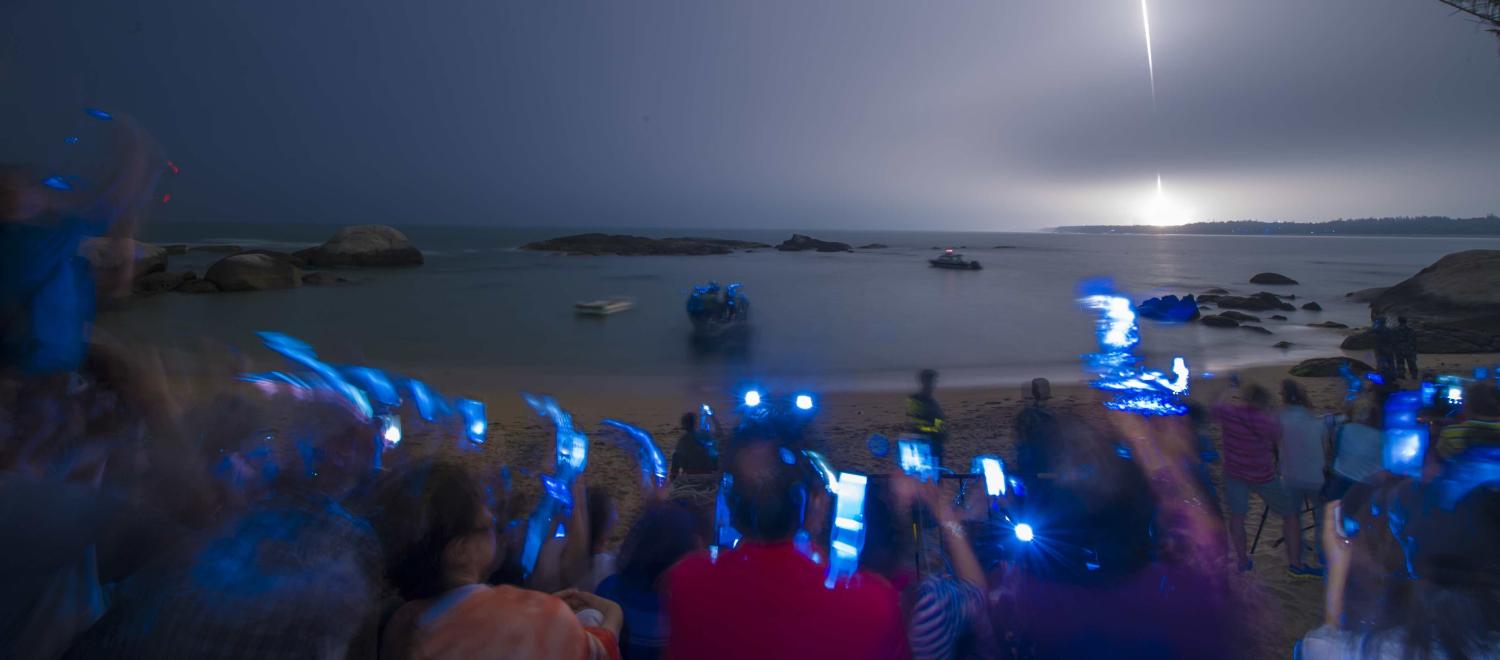China’s first space station is coming home, but not in the way China originally planned.
The Tiangong-1 space laboratory was launched in 2011 and hosted two crews of Chinese astronauts. In 2016, while carrying out an extended (uncrewed) mission with its externally mounted cameras and sensors, Tiangong-1 suffered a sudden malfunction. That scuttled plans to safely de-orbit the station over the Pacific Ocean.
Since then, boffins have played games trying to guess the time and place of Tiangong-1’s demise. The space station seems destined to re-enter Earth’s atmosphere within the next few days.
We have been through this before. Readers may remember the re-entry of Skylab (America’s first space station) over Western Australia in 1979. At the time, the idea of things falling from space was seen as more of a novelty than a potential safety threat. Australian television hosts appeared in hard hats with spray cans of ‘Skylab repellent’. In the end, nobody was hurt, and a few lucky prospectors scored fragments of the station.
Debris from space falls on Earth constantly. Roughly a metric ton of natural material, sometimes appearing as shooting stars, hits us daily. It’s mostly harmless, and that’s also true of the satellites and rocket stages that come home.
But we sometimes have close calls. Large satellites have the potential to hit Earth. The risk of harm is low, but not zero. The space community relies on the low probability of accidents to justify its generally relaxed approach to the issue. That has paid off in the short term, but the luck could run out at some point.
Tiangong-1 is not a serious threat to anyone, and other satellites are usually not dangerous either. But collectively, the world needs to do more in this area.
Safe de-orbiting is becoming more of a norm for large space objects. Russia did this with its Mir space station in 2001. Robot junk collectors and space shepherds are another option. In some cases, anti-satellite weapons can be used to destroy space debris.
But there really needs to be a change of attitude within the space industry and governments. More infrastructure will be placed in orbit in the future, and at some point a solution to the disposal of the massive International Space Station will need to be found.
